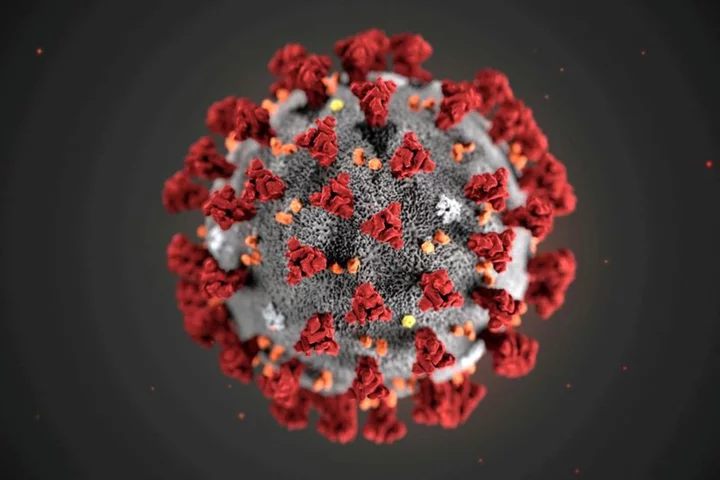By Ahmed Aboulenein
WASHINGTON The U.S. government on Thursday will end the COVID-19 Public Health Emergency that allowed millions of Americans to receive vaccines, tests and treatments at no cost.
The emergency is also tied to telehealth flexibilities, Medicaid enrollment safeguards, and the ability of government health agencies to collect data on the spread of the coronavirus.
Here is what will change after Thursday, and what does not:
WILL THERE BE A COST FOR VACCINES, TESTS AND TREATMENTS?
For most people, vaccines will remain free and tests will involve costs in some circumstances. Treatments like Pfizer's oral antiviral Paxlovid will continue to be provided for free while current inventory paid for by the government lasts. After that, most people will incur some costs.
People with private or employer-provided health plans will pay nothing for vaccines if they stay in-network, will face out-of-pocket costs such as deductibles and co-pays for laboratory COVID tests, and will have to pay the full cost of at-home over-the-counter tests.
They will face co-pay or co-insurance costs for certain covered treatments and the full price of those that are not covered. If treatment costs are substantial enough, they might drive up insurance premiums.
The federal government's Medicare health program for people age 65 or older and the disabled will pay for vaccines in full but beneficiaries will have some costs for lab tests and full prices for at-home tests. Medicare will continue to cover treatments but beneficiaries will still face some costs.
People enrolled in state government Medicaid health plans for the poor will also get zero-cost vaccines. Lab costs will also cost them nothing so long as they are ordered by a physician. Other testing services as well as treatments will involve some costs but those will kick in during 2024.
Individual Medicaid programs will decide what to cover and what out-of-pocket costs will be.
WHAT WILL BE THE COSTS FOR THOSE WITHOUT INSURANCE?
The government has launched a $1 billion program to ensure that people without insurance continue getting vaccines and treatments at no cost by providing direct support to health centers and reimbursing pharmacy chains per dose. The uninsured will face full costs for testing.
Congress had initially required state Medicaid programs to keep people continuously enrolled without the need for them to prove their eligibility during the emergency but that is being unwound through 2023.
The uninsured rate hit an all time low of 8% in early 2022, according to the latest available government data, but the U.S. Department of Health and Human Services estimates that about another 15 million people - one-third of them children - will lose their health coverage by next year.
WHAT WILL HAPPEN TO TELEHEALTH PRESCRIPTIONS?
Providers were allowed to prescribe controlled substances via telehealth during the emergency. This was set to stop after May 11 but the Drug Enforcement Administration announced last week it was extending the flexibility to November 2024.
All states had waived license requirements so that providers could practice remotely across state lines. Some states tied that waiver to the emergency and so it will expire then.
Also expiring is a federal waiver of privacy and security rules for applications used to provide telehealth, meaning everyday apps like FaceTime and Skype might no longer be an option as providers switch to compliant alternatives.
WILL THERE STILL BE VACCINE REQUIREMENTS?
Vaccination requirements for international travelers to enter the United States, as well as those for federal workers, will no longer be in effect as of May 12.
WILL IT AFFECT DATA COLLECTION?
The U.S. Centers for Disease Control and Prevention (CDC) will have less authority to collect certain types of public health data after the emergency expires. The CDC will stop reporting or monitoring COVID case data and transmission rates.
(Reporting by Ahmed Aboulenein; Editing by Rosalba O'Brien)

